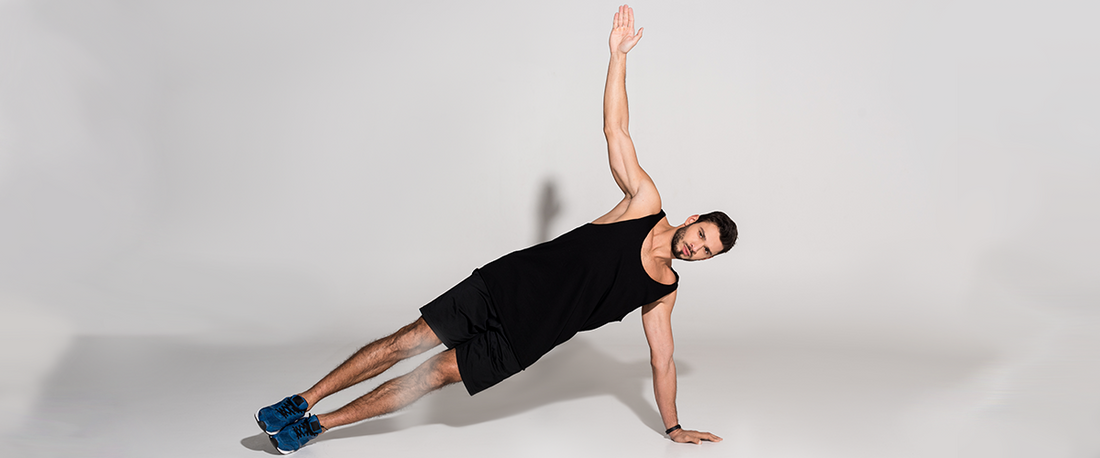When Brad’s skiing skills started to suffer, he knew it was time to get help for his sciatica. The pain was making it difficult for him to handle even the most basic turns. Sure he was getting older, but he certainly wasn’t ready to give up his favorite winter sport. Then he tried one exercise — the side plank — that relieved his pain and got him back in slalom shape, ready to hit the slopes.
A strong core is key to a strong back. Exercises that strengthen your core muscles keep your hips, pelvis, lower back, and abdomen working together so you can stand straight and tall — and pain-free.
While a weak core can lead to lower back pain and muscle injuries, a strong core increases your flexibility, balance, and stability. That makes it easier for you to complete your daily activities, from tying your shoes to skiing the slopes.
Pilates, yoga, and dancing are just a few of the fun ways to get your core back on track. But if you’re looking for one exercise that takes just seconds a day, will flatten a bulging belly, and strengthen your back — with no sit-ups required — try the side plank.
Planking offers proven results. Scoliosis — a sideways curving of the spine — usually develops in children. But a combination of aging and a breakdown of the spine, possibly due to osteoporosis, puts adults at risk as well. You may have developed scoliosis and not even know it. But the side plank can help.
In a seven-month study of people with scoliosis, researchers noted that the painful curvatures showed marked improvement when participants performed the side plank. Doing the exercise on a regular schedule made all the difference, though. People who practiced it for at least 90 seconds, four times each week, showed the most improvement — up to almost 50 percent.
The side plank has been successful in treating other kinds of back pain, too. Like Brad’s sciatica. But you’ve got to stick with it to see results.
Choose a position that works for you. If you find the classic side plank too difficult, try a modified version. For extra support, position yourself close to a wall.
If you can’t get down on the floor, try the simple version on your bed. Just be aware it will be more unstable than the floor, says one physical therapist. She says you should only use the bed to do a simple side plank where you keep your legs and hips down and lift your upper body.
Don’t forget to check with your doctor before attempting this exercise.
Classic side plank. Lie on your left side with your legs extended. Push up and straighten your left arm. Extend your right arm straight up, using the wall for support if needed. Raise your hips so your body is in a straight line from shoulders to ankles. Contract your stomach and leg muscles. Hold the position as long as possible, working up to 90 seconds. Repeat, lying on right side, left arm extended.
Modified side plank. Lie on your left side resting on your elbow. Extend your right arm straight up, using the wall for support. Raise your hips off the floor, keeping your shoulders, hips, and ankles in a straight line. Repeat, lying on right side.
Simple side plank. If raising your hips is too difficult, follow the directions for the modified side plank, but rest your legs and hips on the floor, lifting only your upper body.

